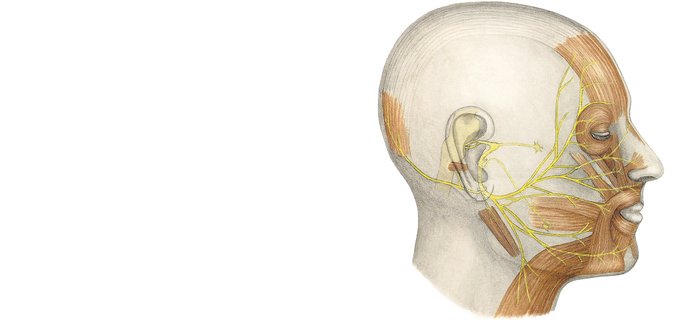Sorensen Clinic
Plastic and Reconstructive Surgery
10 Knaresborough Place
Kensington
London SW5 0TG
United Kingdom
Appointments: +44 (0) 20 7600 4444
Email: info@sorensenclinic.com
Office hours
Monday - Friday: 09.00 - 17.30

Occasionally a nerve injury is accompanied by a loss of neural tissue, making it impossible to perform a “simple” microsurgical nerve co-adaptation. In these situations it is necessary to transfer living donor nerve tissue (autograft - from patients own tissue) in order to bridge the gap between the injured nerve ends.
These transfered (grafted) nerves do not function on their own and instead serve as a framework or conduit onto which the nerve cells (also called “nerve fibres” or “axons”) eventually grow. This regeneration occurs slowly, at a rate of approximately 1 mm/day.
In most cases, healthy living nerves can be harvested from other sites on the patient. For example, the great auricular nerve (n. auricularis magnus) and the sural nerve (n. suralis) are both feasible donor nerves for grafting facial nerve defects. Disadvantages include a minor sensory deficit of the earlobe when using the great auricular nerve, or of the edge of the foot when using the sural nerve.
Candidates are any patient with nerve damage in the face. Early reconstruction always yields the best results.